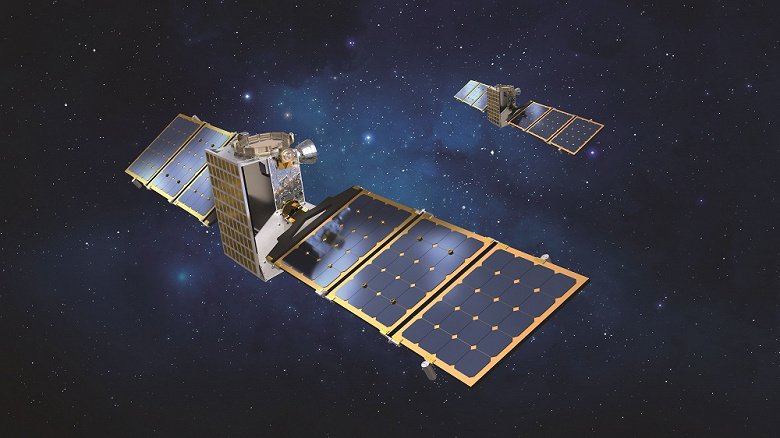NASA risks missing a unique opportunity to study Apophis in detail
The NASA Apophis 2029 workshop, scheduled for February 7, is dedicated to collecting «innovative approaches to low-cost mission» to the asteroid Apophis — one of the closest to Earth. In April 2029, Apophis will pass closer to Earth than geostationary orbit, but will not pose a threat of collision.
The workshop will include a public briefing and discussion with interested organizations. The organizing committee said that at this time there have been no proposals or formal requests. However, the seminar itself will not be conducted by NASA's Science Mission Directorate, which is responsible for planetary science exploration, but by the Planetary Defense Coordination Office and the Office of Technology, Policy and Strategy.
NASA planetary defense officer Lindley Johnson expressed support for the workshop. At the Small Body Assessment Group (SBAG) meeting on January 30, he emphasized that the workshop would include one-on-one meetings with NASA's “small companies and non-traditional partners” to present their ideas for low-cost missions.
NASA already has missions to study Apophis. The OSIRIS-REx spacecraft, which returned asteroid samples to Earth in September, is scheduled to explore Apophis after a flyby and renaming the mission OSIRIS-APEX. It will study the asteroid for 18 months after its flyby in April 2029. However, there is interest in the scientific community in sending a mission to Apophis before the flyby to more fully understand the effects of changes in gravitational forces on the asteroid.
One proposal is to repurpose two satellites built for the Janus mission. NASA, which was supposed to send a mission to fly around double asteroids. Janus, part of the Small Innovative Missions for Planetary Exploration (SIMPLEx) program, was scheduled to launch as a secondary payload on the Psyche asteroid mission in 2022. However, when problems with «Psyche» delayed the launch by more than a year, «Janus» could no longer fulfill its original mission. Since there are no viable alternative missions with «Psyche» it is impossible to launch, NASA has ruled out «Janus» from this launch and officially canceled the mission in July.
Two spacecraft, already assembled and undergoing final tests, when «Psyche» was delayed and is being prepared for long-term storage at NASA Langley Research Center. This involves partially disassembling the spacecraft to store the batteries, solar panels, propulsion system and instruments separately.
Mission Team «Janus» has already considered various alternative options, including a flight to the asteroid Apophis. They have several trajectories that will allow the spacecraft to be delivered to the Earth-Sun Lagrange point L-2, after which it will be able to fly around the Moon to organize a flyby of Apophis «long before» close approach of the asteroid to the Earth.
The main goal of the «Janus» mission team is — conduct scientific research of the asteroid Apophis using optical and infrared instruments. The mission director compared this task to last year's flyby of the Dinkinesh asteroid by the Lucy spacecraft. In November. Under this scenario, the spacecraft could be assembled, tested and launched in about 18 months.
However, the main problem was financing the project. Budget restrictions do not allow NASA to launch new missions, including the use of the repurposed Janus spacecraft. Laurie Glaze, director of NASA's planetary science division, noted that the situation is complex, and despite the unique opportunity to study Apophis, budgetary constraints make the task extremely difficult.
«We recognize that the Apophis convergence in 2029 does present a unique opportunity. But our budget situation is very difficult, and this is the reality in which we have to live, — said Lori Glaze at the January 30 SBAG meeting.
She said that the «Janus» informed her about the possibility of using the spacecraft to fly around Apophis. «This is one of many ideas that came to us. We may have the desire, but without funding it makes the task very difficult», — she said and returned to budget issues
Some scientists present at the meeting expressed doubts why NASA was holding the workshop instead of finding a way to repurpose «Janus» for the Apophis flyby mission.
Thomas Statler, a scientist in the Division of Planetary Sciences, said at the Jan. 31 SBAG meeting that the agency is open to different ideas and willing to consider designs for Apophis flyby missions. He noted that NASA is not willing to give up on good ideas, but funding remains a major constraint.

